In recent years, the use of solar energy has become increasingly popular due to its numerous
benefits. One of the most significant applications of solar energy is in street lighting.
Solar street lights are not only environmentally friendly but also cost-effective and easy to install. However, managing and monitoring a large network of solar street lights can be a challenging task. This is where a solar street light network monitoring system comes into play. In this article, we will discuss the design of a solar street light network monitoring system and its benefits.
Outline:
I. Introduction
A. Explanation of solar street lights
B. Need for a monitoring system
II. Components of a solar street light network monitoring system
A. Solar panels
B. Batteries
C. LED lights
D. Sensors
E. Communication devices
III. Design of the monitoring system
A. Centralized vs. decentralized system
B. Data collection and analysis
C. Real-time monitoring
D. Remote control and management
IV. Benefits of a solar street light network monitoring system
A. Cost savings
B. Increased efficiency
C. Reduced maintenance
D. Improved safety
V. Conclusion
A. Recap of the benefits
B. Future prospects
VI. FAQs
Solar street lights are standalone lighting systems that use solar panels to convert sunlight into electricity. This electricity is then stored in batteries and used
to power LED lights at night. These lights are commonly used in remote areas where grid electricity is not available. However, managing a large network of
solar street lights can be a daunting task. This is where a solar street light network monitoring system comes in.
A solar street light network monitoring system consists of various components that work together to ensure the smooth functioning of the street lights. The
first component is the solar panels, which are responsible for converting sunlight into electricity. The size and number of solar panels depend on the location
and energy requirements of the street lights.
The second component is the batteries, which store the electricity generated by the solar panels. These batteries are designed to withstand extreme weather
conditions and have a long lifespan. The third component is the LED lights, which are energy-efficient and have a longer lifespan compared to traditional street lights.
Sensors are another crucial component of a solar street light network monitoring system. These sensors collect data such as battery voltage, solar panel output, and light intensity. This data is then transmitted to a central control unit using communication devices such as Wi-Fi, Bluetooth, or cellular networks.
The design of the monitoring system can be either centralized or decentralized. In a centralized system, all the data is collected and analyzed at a central
control unit. This allows for real-time monitoring and remote control of the street lights. On the other hand, a decentralized system has individual controllers
for each street light, making it more cost-effective but less efficient.
Data collection and analysis are essential aspects of a solar street light network monitoring system. The data collected by the sensors is analyzed to identify any issues with the street lights. This allows for timely maintenance and reduces the chances of a complete system failure.
Real-time monitoring is another crucial feature of a solar street light network monitoring system. It allows for the immediate detection of any faults or malfunctions in the system. This ensures that the street lights are always functioning correctly, providing safety and security to the surrounding area.
Remote control and management are also possible with a solar street light network monitoring system. This means that the street lights can be controlled and managed from a central location, eliminating the need for manual intervention. This not only saves time and effort but also reduces maintenance costs.
The benefits of a solar street light network monitoring system are numerous. Firstly, it results in significant cost savings as it eliminates the need for manual
monitoring and maintenance. Secondly, it increases the efficiency of the street lights by ensuring that they are always functioning at their optimal capacity.
Thirdly, it reduces maintenance costs as any issues can be identified and addressed promptly. Lastly, it improves safety by providing well-lit streets, reducing the chances of accidents and crime.
In conclusion, the design of a solar street light network monitoring system is crucial for the efficient functioning of a large network of solar street lights. It not
only ensures cost savings and increased efficiency but also improves safety and reduces maintenance costs. With the continuous advancements in technology,
we can expect to see more sophisticated and efficient solar street light network monitoring systems in the future.
FAQs:
What is a solar street light network monitoring system?
What are the components of a solar street light network monitoring system?
What is the difference between a centralized and decentralized monitoring system?
How does a solar street light network monitoring system improve safety?
What are the benefits of a solar street light network monitoring system?
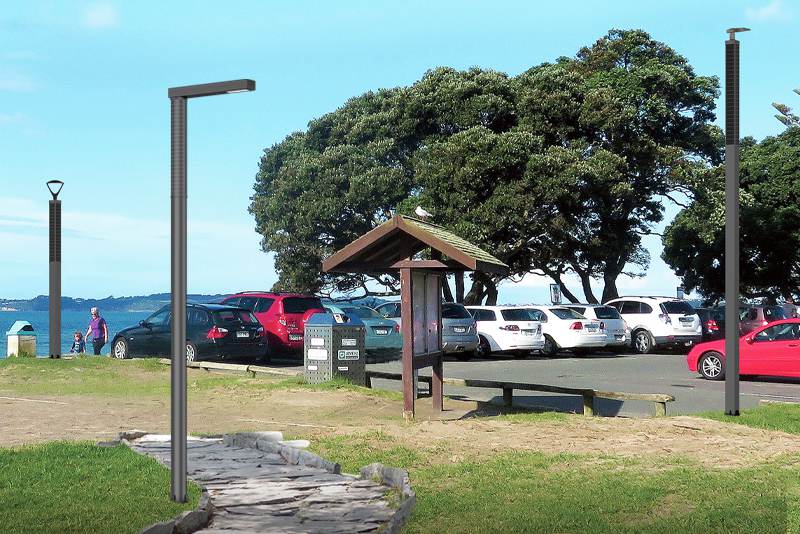
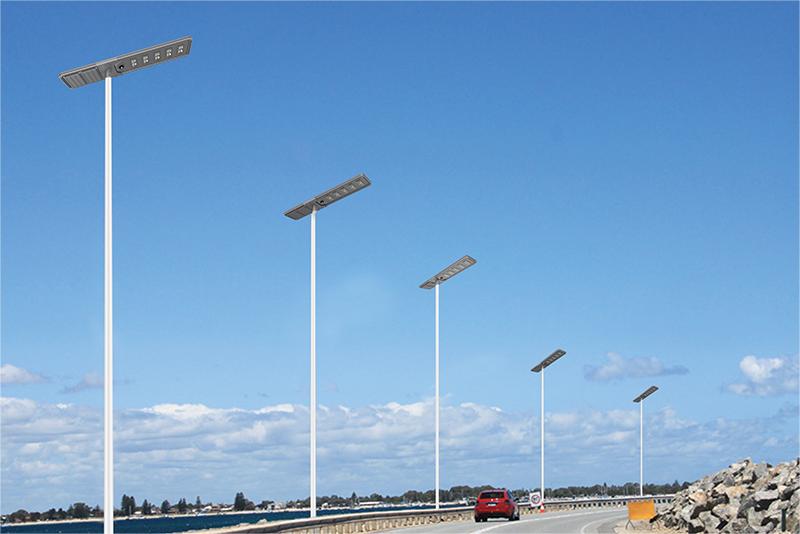
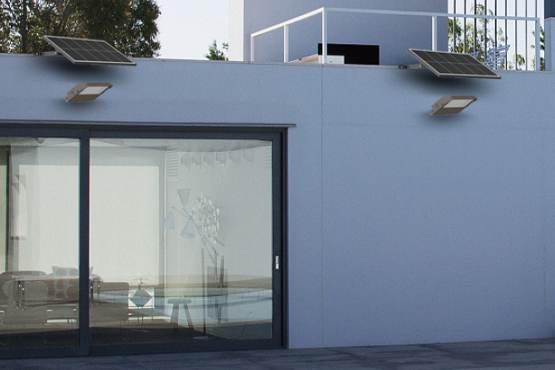
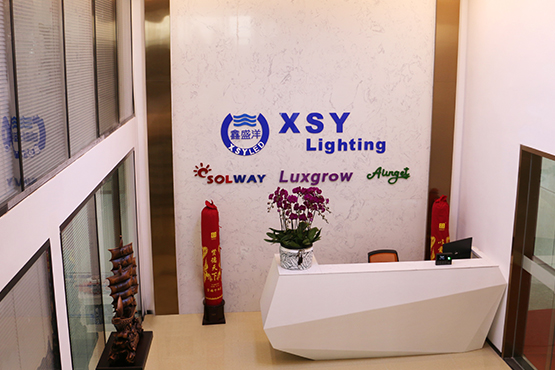
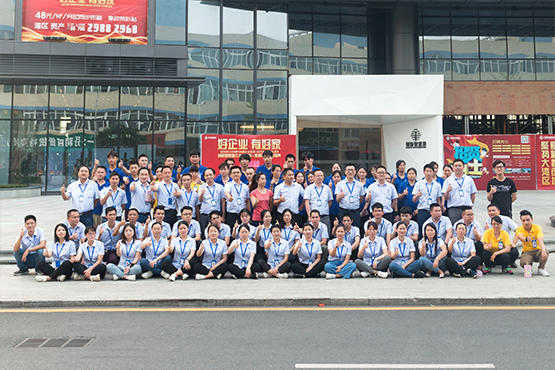

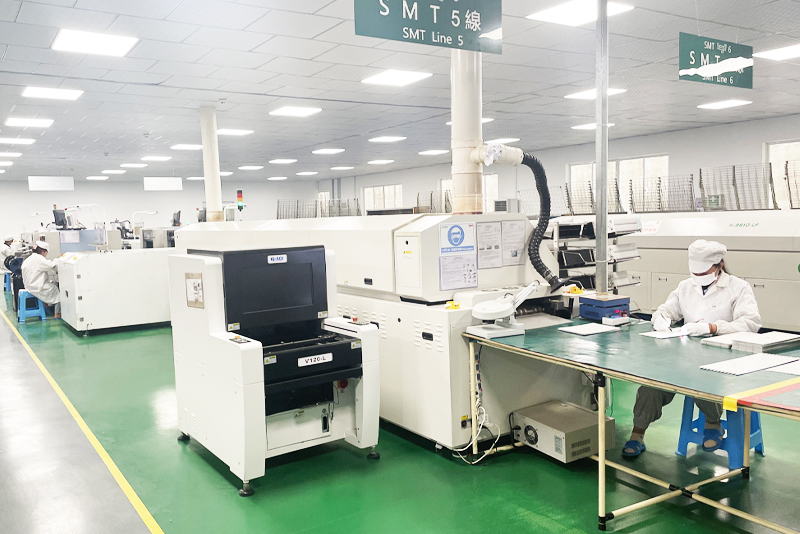
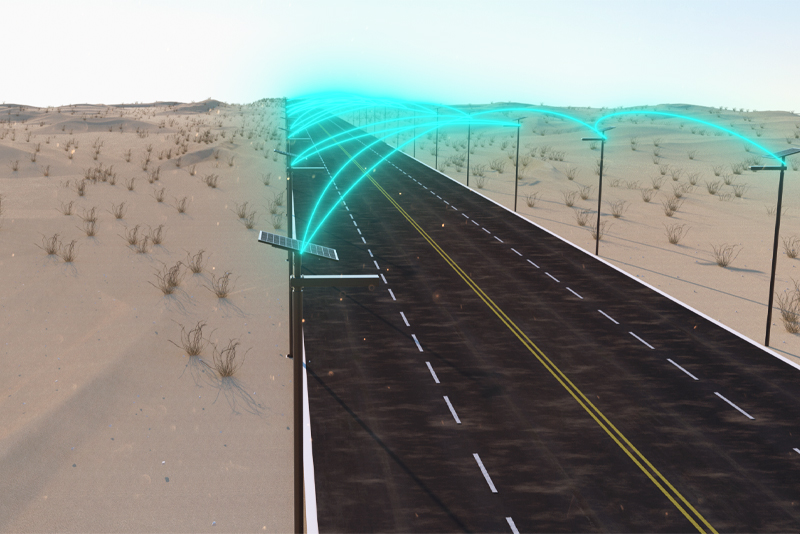
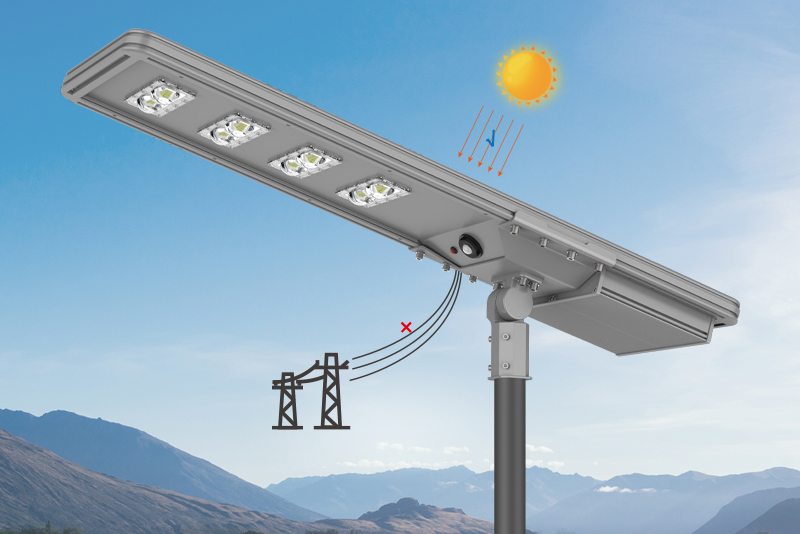
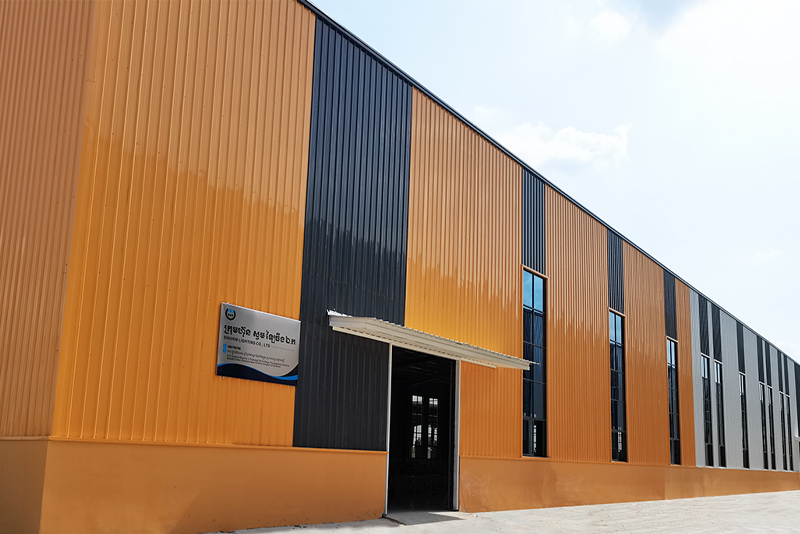
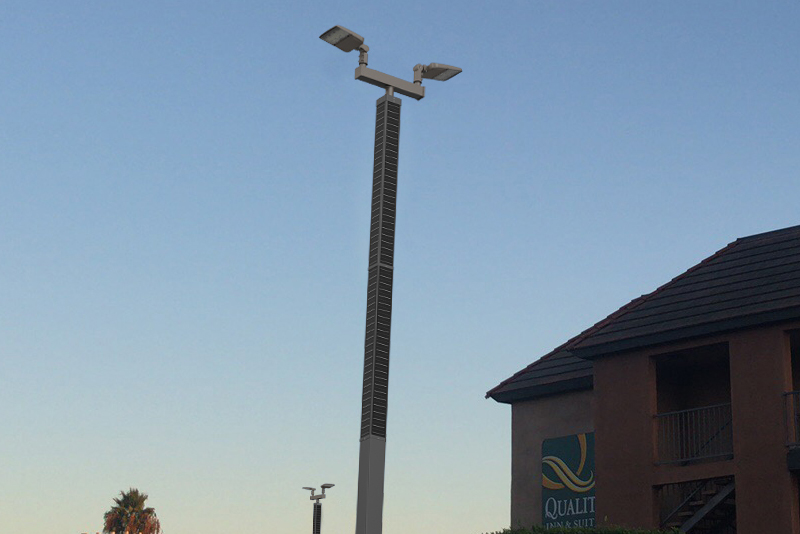
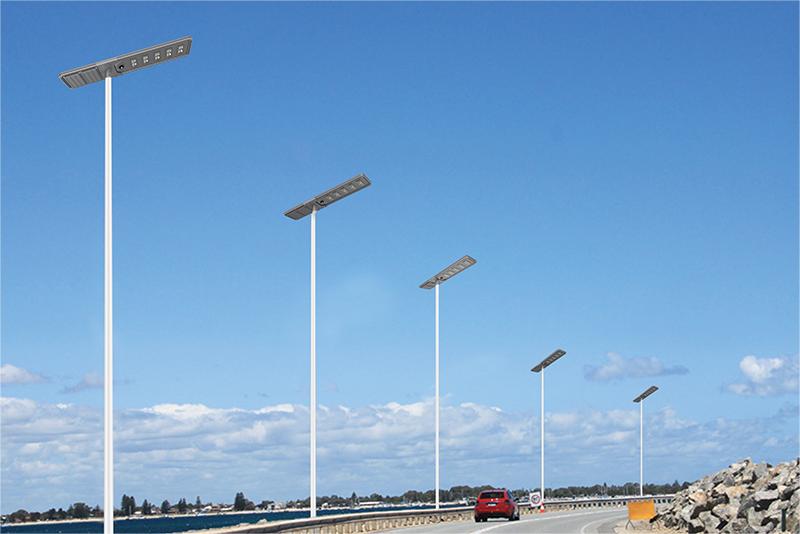
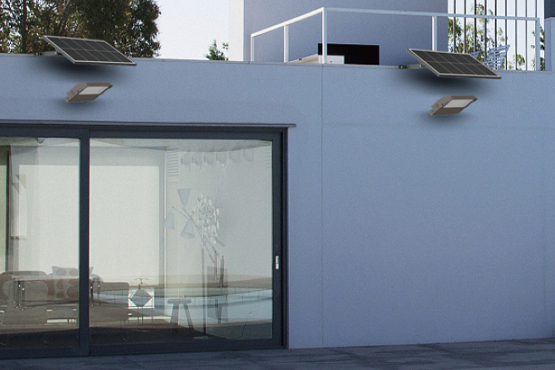






 English
English










 Scan WhatsApp
Scan WhatsApp Scan Wechat
Scan Wechat Scan WhatsApp
Scan WhatsApp Scan Wechat
Scan Wechat Consult Now
Consult Now






